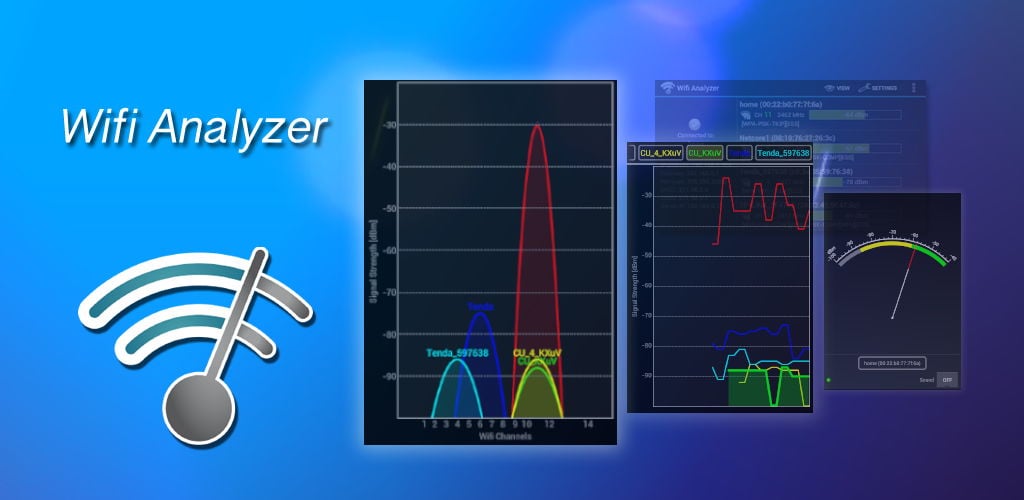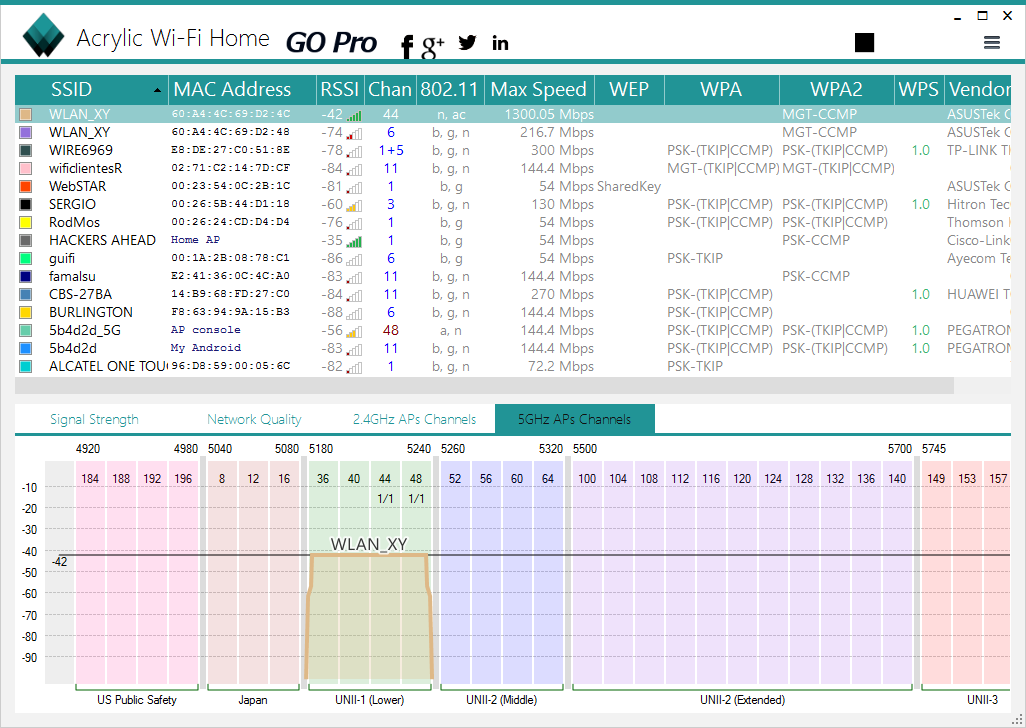

Network analysis plays a critical role in any IT management strategy. The main differences between network analysis tools involve which parts of the network the tool focuses on, the number of protocols they can decode (and the quality of this process), how the user interface looks, and what graphs or data analysis it can produce. Sometimes a network analyzer will be standalone hardware with software installed on it, while other times it’ll be software installed on a computer as part of the network. Network analyzer systems are a combination of hardware and software. Network analyzer software can even help determine which parts of the network have been targeted by a DDoS attack-and the source of the attack. Software applications with network analyzer functions can also be used to locate faulty hardware and applications creating bandwidth bottlenecks. Network analysis tools can assist with a variety of tasks, from general troubleshooting and monitoring wireless network availability and throughput to security countermeasures like detecting spyware and unauthorized, potentially malicious activity. In addition to collecting information about data moving across the network, network analysis tools decode the data and display important metrics about it in an easy-to-parse user dashboard, allowing users to understand the current state of network activity at a glance. The processes of identifying and troubleshooting network-related issues is network analysis. Here is a quick example: if the cloud- and web-based elements of your networking environment are experiencing slowdowns, one of the first things you’ll want to check is your Wi-Fi signal, as this could be a contributor to service outages.

Network analysis can be also called network packet analysis or sniffing.

Network analysis refers to the processes involved in monitoring network traffic for the purposes of collecting information about traffic volume, activity, bandwidth, and different types of data flow.

Real user, and synthetic monitoring of web applications from outside the firewall. Real-time live tailing, searching, and troubleshooting for cloud applications and environments. Monitoring and visualization of machine data from applications and infrastructure inside the firewall, extending the SolarWinds® Orion® platform. Infrastructure and application performance monitoring for commercial off-the-shelf and SaaS applications built on the SolarWinds® Orion® platform.įast and powerful hosted aggregation, analytics and visualization of terabytes of machine data across hybrid applications, cloud applications, and infrastructure. SaaS-based infrastructure and application performance monitoring, tracing, and custom metrics for hybrid and cloud-custom applications. Deliver unified and comprehensive visibility for cloud-native, custom web applications to help ensure optimal service levels and user satisfaction with key business services


 0 kommentar(er)
0 kommentar(er)
